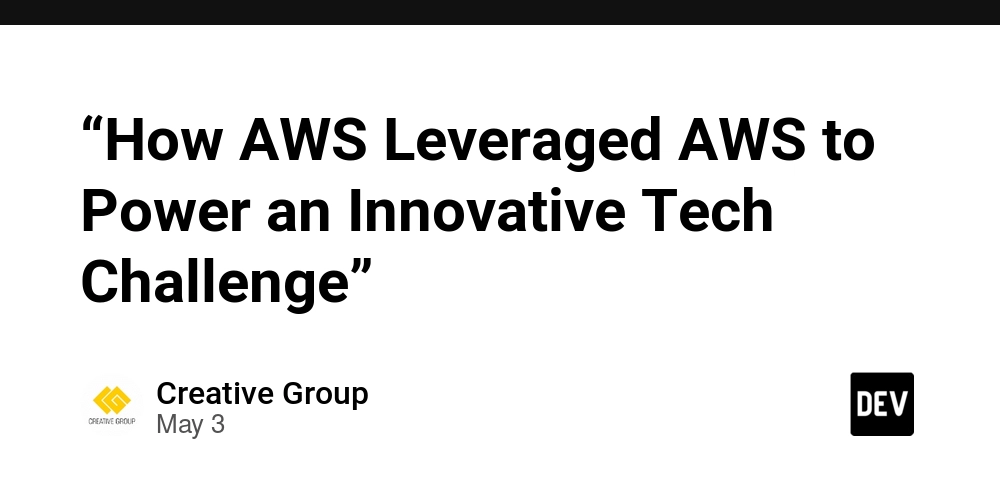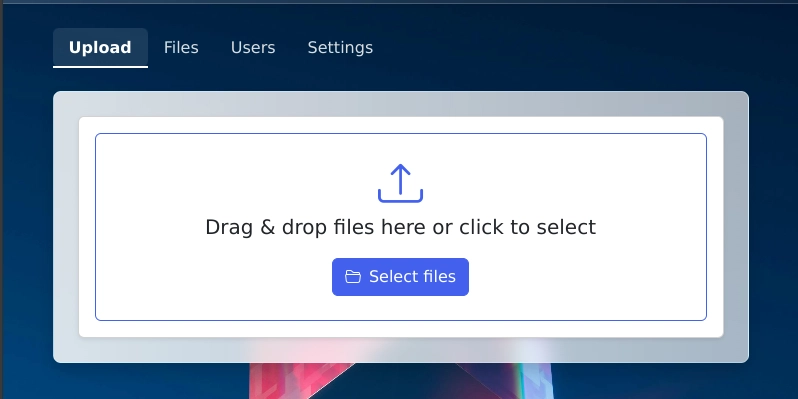Remember When Android Updates Were Actually Exciting?
The post Remember When Android Updates Were Actually Exciting? appeared first on Android Headlines.


Remember when we’d be so very excited for a new version of Android? Like when Lollipop dropped, with an entirely new design, the beginning of Material Design. These days what was the last exciting Android update? Android 12?
We’re now just weeks away from Google dropping the final release of Android 16, which we’ve exclusively leaked, will be June 3. And, it’s still hard to get excited for this new version. So what happened?
There’s two main things that changed for Android releases. First is the naming. Google used to name each release after a dessert from the next letter in the Alphabet. So we had Cupcake, Donut, Eclair, Froyo, Gingerbread, etc. Now, it’s just Android 14, 15, 16. The desserts were always so exciting, even though they meant absolutely nothing. The other thing that changed was, Android became more of a framework for Android devices, versus being the experience you’d get on a Pixel device. Go ahead, load up a phone with AOSP and you’ll see what I mean.
While there are some changes for everyone, with these new Android updates, like the live activities in Android 16, for the most part, they are under-the-hood changes.

The Golden Age of Android Updates
When I first started working here at Android Headlines, it was around the time of Google announcing Android 4.0 Ice Cream Sandwich. Which was a pretty big design change itself. It was incorporating a lot of the design changes that Google had introduced with Honeycomb, which was exclusively for tablets. It was also around the time of the Galaxy Nexus, which had a pretty interesting launch.
Then, a few years later, we had the redesign of Android 5.0 Lollipop. For a while there, it felt like every year (actually, every few months) we had a new version of Android that really felt “new”. Now, that’s not the case.
These Android updates used to bring visible and transformative changes, and would even get a big portion of the Google I/O keynote. Hell, I remember when Google gave all Google I/O attendees a Nexus 4, a Nexus 7, and a Nexus 10. These days, we get virtually nothing. I can’t even remember the last time Google gave anything out at Google I/O.
That really shows how things have shifted for Google and Android. Obviously, Android is a lot more mature these days, so there’s not a lot that needs to change. Versus circa 2012.
So, what changed?
A big thing that changed was the exclusive features on Pixel devices. You see, Pixel and Nexus devices used to be almost entirely stock Android. If you wanted any of these features, you could just install AOSP onto your device and get it. Which is free for anyone to use, since it is open-sourced. But Google began moving away from that with its own Pixel devices, including features that even its partners don’t have, like Call Screening.
Why did Google opt to create its own “skin” for the Pixel? Basically, because all of its partners were doing this. So to make the Pixel stand out more, it needed to differentiate it from the other phones in carrier stores. This also meant that Google didn’t need to pressure OEMs about duplicating features, as they weren’t part of open-source Android. However, we do still have some duplicates, like the Photos or Gallery apps, the App Store on Samsung devices, just to name a few.
More updates are available through App Updates
In an effort to get timely updates out to all Android devices, Google also moved a lot of updates to the App Store. When you look at the iPhone, anytime they want to push out an update to Apple Music or Apple News on iOS, they need to push out a new version of iOS. On Android, it’s as simple as a new app update in the Play Store. And Google can update these apps as many times as they want. Without having to get certification from partners and carriers.
These days, a lot of the changes that we see come from Google Play Services, which does not require an OTA update. And that also meant that Android updates would be less feature-rich. Which isn’t a bad thing, because this means users on older and cheaper devices can still get updates and security patches.

Android updates are nearly invisible on some partner phones
Because some phones have such heavy skins, like Samsung, Xiaomi, Poco, OnePlus, etc., you won’t really notice when you get Android 15 or Android 16. At least not primarily because of Android 15 or 16. It’ll be because the version of that skin has added a ton of new features.
For example, Samsung’s One UI 7. It added a ton of new features and really overhauled Samsung’s software, visually. But how many of those features are enabled on Android 15? Probably none of them.
On something like a Pixel, Motorola, or an ASUS device, you’d see a bigger change, as these are much closer to stock Android. However, they do still have their own skins on top. But again, what new features did the Motorola Razr 2024 get with Android 15? I can’t even think of any off the top of my head. Sure, it’s got some moto ai features, but those aren’t tied to Android 15.
Google’s focusing on AI more than Android
As mentioned before, Android is pretty mature. There’s not much more that Google can change with Android. Most of the changes we’re seeing are just changes for the sake of change, like the new Material 3 Expressive we’ve been seeing lately. And that has Google focusing more on AI these days.
Let’s take Google I/O last year as an example. In the opening keynote, which was a little over 2 hours long, AI was mentioned 121 times. And we know this because Google kept a counter going. What about Android? I believe it got a minute or two in that long keynote. If we go back about 10 years, which was just under 3 hours long, Android got a pretty sizeable chunk of the keynote. Almost an hour. Now, Google can barely even mention Android.

This just shows that Google’s priorities are changing. Right now, Artificial Intelligence is taking over the world. And surprisingly, Google was late to the trend, and fell behind OpenAI pretty quickly. However, they have now mostly caught up (depending on what metrics you look at), and is exceeding ChatGPT. And we expect to see more about AI in the Google I/O keynote later this month.
So why does AI matter more than Android now? Simply because AI is platform-agnostic. These are mostly driven by servers that are located around the world. At least when it comes to Google. The search giant is also worried about AI potentially destroying its cash cow, which is search and ads. So it’s taking AI very seriously, and unfortunately, it’s squeezing out most of the publications that made Google Search so rich in the first place. Which we reported on last week.
Do Android updates even matter anymore?
In short, they never did. Most users are unaware of what version of Android they are on anyway. Not to mention the millions of kiosks and terminals around the world using Android, and a very outdated version at that. Those seatback entertainment screens on planes? Yeah, those are running Android. Many of them are running such an old version of Android that it has on-screen buttons. We’re talking circa-2012.
Users are still getting rather useful updates, but they just don’t require an update to the entire system on phones and tablets. So in a way, this is a good thing. As Google and its partners can keep pushing out new updates and features, without having to go through the trouble of getting updates certified by wireless carriers, before they can be rolled out.
In the end, it means that Android has matured. And those days of getting huge updates that changed everything on your phone are likely gone.
The post Remember When Android Updates Were Actually Exciting? appeared first on Android Headlines.







































































































































































![[The AI Show Episode 145]: OpenAI Releases o3 and o4-mini, AI Is Causing “Quiet Layoffs,” Executive Order on Youth AI Education & GPT-4o’s Controversial Update](https://www.marketingaiinstitute.com/hubfs/ep%20145%20cover.png)

































































































































![From Art School Drop-out to Microsoft Engineer with Shashi Lo [Podcast #170]](https://cdn.hashnode.com/res/hashnode/image/upload/v1746203291209/439bf16b-c820-4fe8-b69e-94d80533b2df.png?#)








































































































(1).jpg?#)































_Inge_Johnsson-Alamy.jpg?width=1280&auto=webp&quality=80&disable=upscale#)













































































































![Apple Developing AI 'Vibe-Coding' Assistant for Xcode With Anthropic [Report]](https://www.iclarified.com/images/news/97200/97200/97200-640.jpg)
![Apple's New Ads Spotlight Apple Watch for Kids [Video]](https://www.iclarified.com/images/news/97197/97197/97197-640.jpg)







































































![[Weekly funding roundup April 26-May 2] VC inflow continues to remain downcast](https://images.yourstory.com/cs/2/220356402d6d11e9aa979329348d4c3e/WeeklyFundingRoundupNewLogo1-1739546168054.jpg)




























